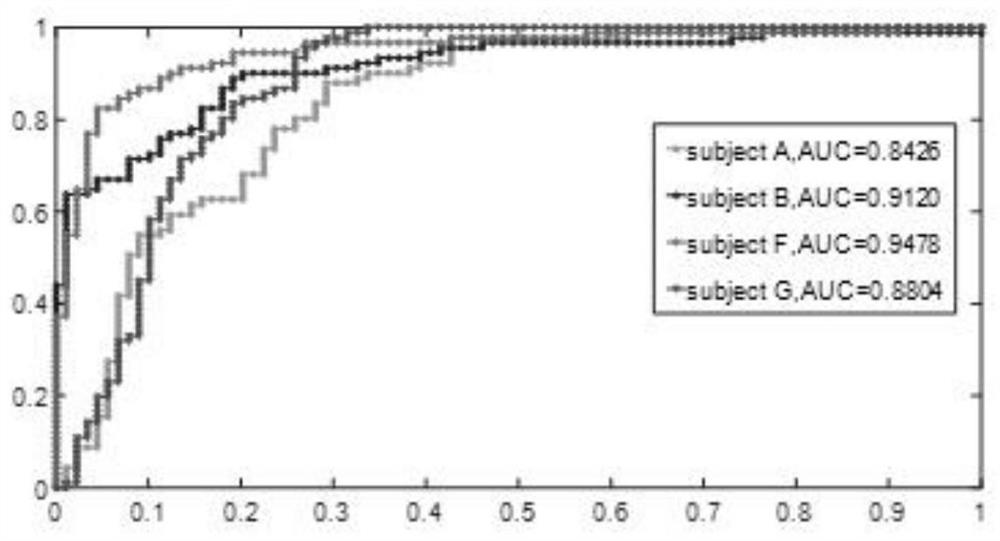Binary classification motor imagery EEG recognition method based on interpretable clustering model
A technology of motor imagery and EEG signals, applied in the field of brain-computer interface, can solve the problems of high training cost, long training time, and low clustering accuracy, and achieve the effect of reducing the training process
- Summary
- Abstract
- Description
- Claims
- Application Information
AI Technical Summary
Problems solved by technology
Method used
Image
Examples
Embodiment Construction
[0048] Hereinafter, embodiments of the present invention will be described with reference to the drawings.
[0049] The present invention provides a method for identifying motor imagery EEG signals based on a semi-supervised and interpretable clustering model. Such as Figure 1-2 As shown, the method includes the following steps:
[0050] Step 1. Obtain the multi-channel motor imagery EEG data of the subject. The data comes from the BCI competition IV data set 1. Only the left-hand motor imagery and right-hand motor imagery EEG data are provided for analysis, and the EEG data are successively truncated and selected. 8-13Hz band-pass filter for filtering, stored as a high-dimensional EEG data matrix (channel × sample × test × category);
[0051] Step 2. Using spatial filtering and Fisher ratio method to perform feature extraction and optimization on the motor imagery EEG data matrix, and obtain two optimal EEG feature matrices corresponding to each experiment with greater sep...
PUM
 Login to View More
Login to View More Abstract
Description
Claims
Application Information
 Login to View More
Login to View More - R&D
- Intellectual Property
- Life Sciences
- Materials
- Tech Scout
- Unparalleled Data Quality
- Higher Quality Content
- 60% Fewer Hallucinations
Browse by: Latest US Patents, China's latest patents, Technical Efficacy Thesaurus, Application Domain, Technology Topic, Popular Technical Reports.
© 2025 PatSnap. All rights reserved.Legal|Privacy policy|Modern Slavery Act Transparency Statement|Sitemap|About US| Contact US: help@patsnap.com



